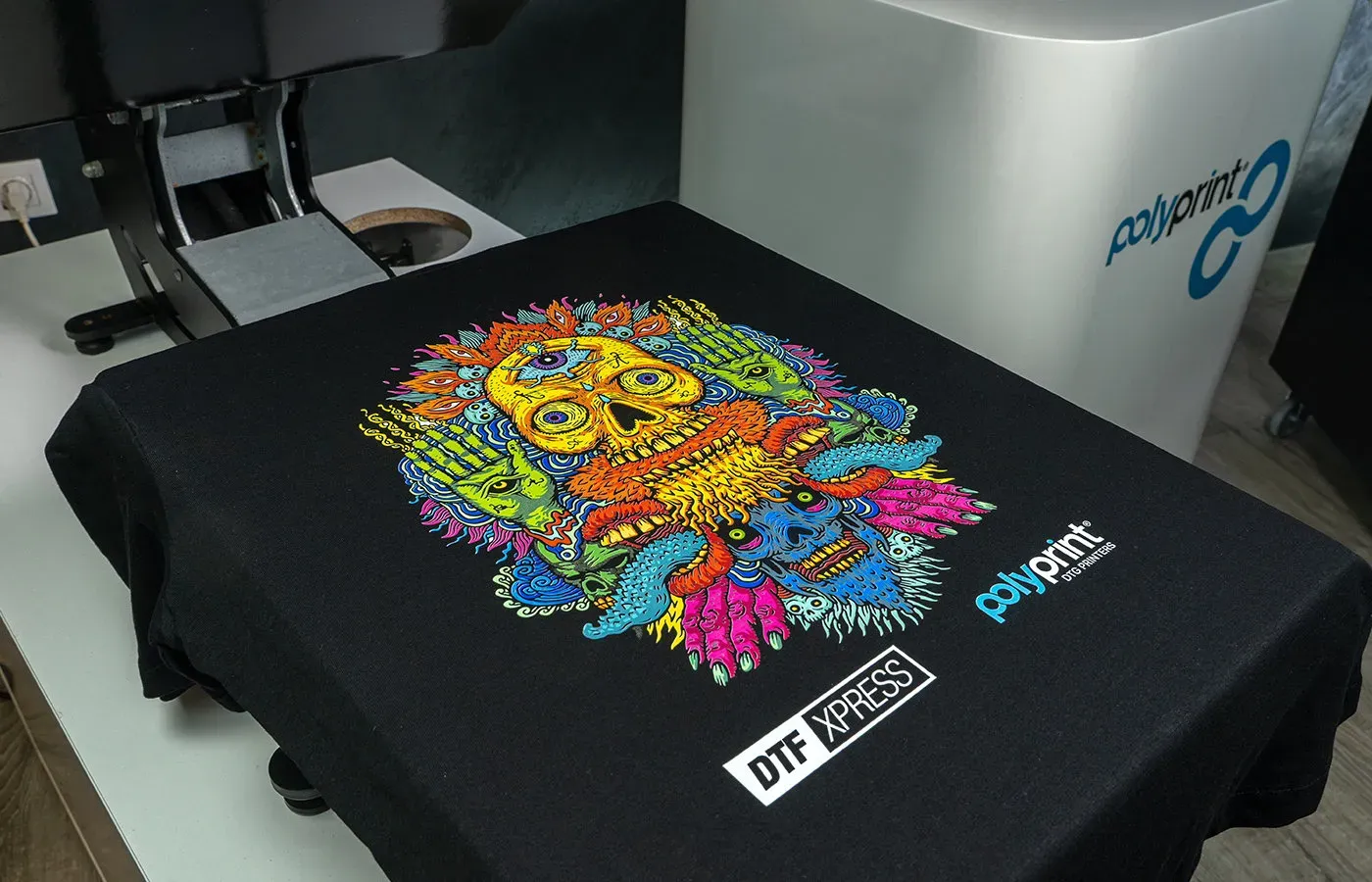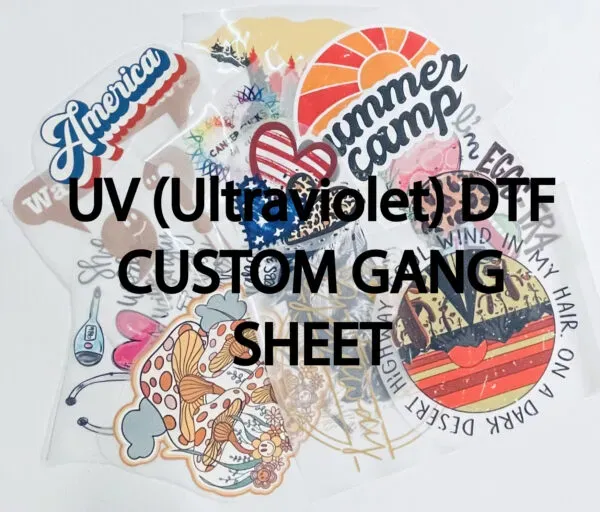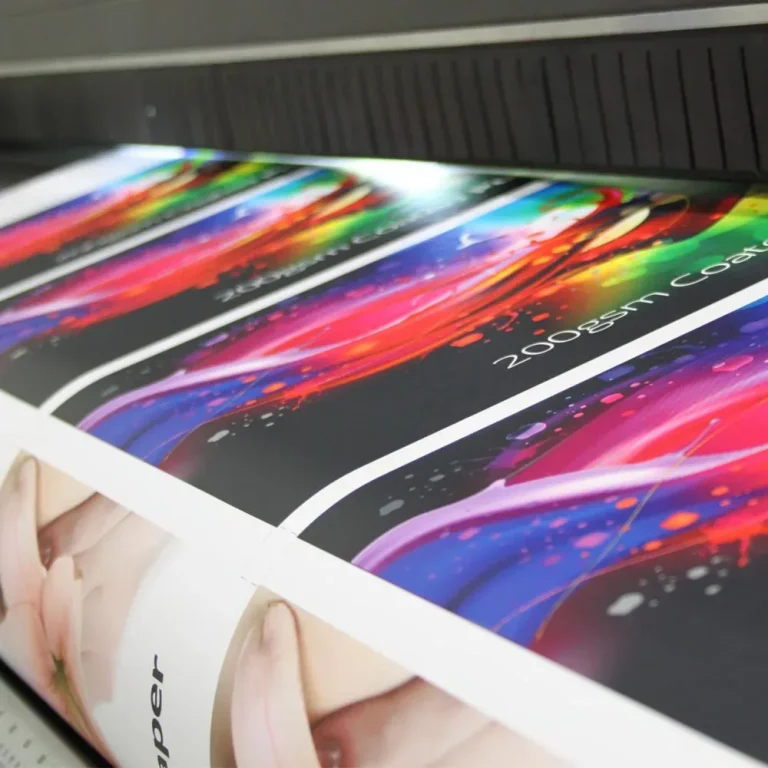
DTF printing, or Direct-to-Film printing, is revolutionizing how we approach garment design and customization. This innovative method allows beginners and entrepreneurs to easily create vibrant, high-quality prints on a variety of fabrics, from cotton to polyester. If you’re wondering how to start DTF printing, this guide will equip you with essential knowledge, from the necessary equipment to sustainable printing methods that reduce waste and appeal to environmentally-conscious consumers. As you delve into the world of DTF printing, you’ll discover not just its practicality but also its ability to produce stunning results, making it a fantastic choice for custom apparel and promotional items. Join us as we explore an essential DTF printing guide designed for beginners and enthusiasts alike!
Known also as Direct-to-Film transfer printing, this emerging technology harnesses innovative techniques to deliver crisp and lasting images on various fabrics. More than just a printing method, Direct-to-Film is capturing the interest of small business owners and hobbyists seeking accessible and efficient ways to create customized garments. With a focus on creating high-quality designs, this printing approach is aligned with modern sustainable printing methods that cater to the eco-friendly market. Furthermore, understanding the essential DTF printing equipment required will empower aspiring printers to embark on their creative journeys. Whether you’re a novice seeking guidance or a craft enthusiast looking to enhance your skills, this introduction to DTF printing will set the stage for thrilling possibilities.
Understanding DTF Printing Basics
DTF printing, short for Direct-to-Film printing, simplifies the printing process for textiles, making it accessible for beginners. Unlike traditional methods that often require complex setups, DTF uses a straightforward method where designs are printed onto a special film before applying them to fabric. This method offers immense flexibility, allowing users to print on various materials like cotton, polyester, and blends, which is crucial for custom apparel projects.
As the popularity of DTF printing grows, understanding its operation becomes essential for beginners eager to enter the field. A basic knowledge of how to start DTF printing, including the necessary inks and transfer films, is critical. This systematic process not only leads to vibrant, attractive designs but also helps businesses effectively meet customer demands by providing high-quality products.
Essential DTF Printing Equipment
To delve into DTF printing, investing in the right DTF printing equipment is key. A reliable printer compatible with DTF ink is essential to ensure high-quality outputs. Users should not only consider printers that claim to be ‘DTF-capable’ but also look for those that have a proven track record of producing consistent, vibrant prints. This is particularly important as the quality of the printer directly influences the final product’s durability and appearance.
In addition to the printer, a good heat press machine is indispensable for transferring designs from film to fabric. Select one with adjustable temperature and pressure settings, allowing for customization based on the materials being printed. Additionally, obtaining high-quality inks and transfer films will significantly enhance print quality. Beginners are encouraged to do thorough research on these components to avoid common pitfalls.
Sustainability in DTF Printing
One of the most appealing aspects of DTF printing is its sustainability. Recent advancements in the field have focused on reducing waste in the garment printing process. Traditional methods often involve significant leftover materials and toxic chemicals, but DTF printing minimizes these drawbacks. Environmentally conscious brands can attract eco-friendly consumers by adopting DTF technology, which aligns with modern sustainability standards.
Furthermore, the sustainable printing methods utilized in DTF ensure that businesses can scale up operations while maintaining a lower carbon footprint. As awareness of environmental issues grows, consumers are more inclined to support brands that prioritize green practices. Thus, adopting DTF printing not only contributes to a healthier planet but also enhances brand reputation and customer loyalty.
How to Start Your DTF Printing Journey
Starting with DTF printing can be a rewarding endeavor, especially for those who follow a structured approach. Begin by gathering essential resources, such as a comprehensive DTF printing guide or beginner’s manual that covers the necessary equipment, settings, and techniques vital for success. Numerous online resources are available to help you familiarize yourself with the process and avoid common mistakes.
Once you have the basics down, it’s important to practice on various materials and different designs, allowing you to understand how to manipulate elements like temperature and pressure during the transfer process. Engage with online communities or forums where experienced users share tips for newcomers, fostering a collaborative learning environment that can accelerate your skills in DTF printing.
Community and Support for DTF Printing
Joining communities focused on DTF printing is invaluable for beginners. Forums, Facebook groups, and online workshops are great platforms for sharing experiences and learning from seasoned professionals who can provide insights into best practices. Community involvement fosters a sense of belonging and allows you to gather tips that can help you troubleshoot any challenges you face during your DTF printing journey.
Additionally, following industry leaders and engaging with their content will keep you updated on the latest tools, techniques, and trends in DTF printing. These networks often provide direct links to resources, such as tutorials on how to start DTF printing or which sustainable printing methods are gaining traction, enhancing your knowledge in a supportive atmosphere.
Final Thoughts on DTF Printing for Beginners
Embarking on your DTF printing journey can be both exciting and overwhelming, but with the right preparation, it can lead to success in the custom apparel industry. Beginners should focus on continually learning about the technology, seeking out resources, and embracing innovations within the DTF landscape. As you gain confidence with your equipment and techniques, you’ll find new creative avenues to explore.
In conclusion, DTF printing represents a fusion of creativity and technology that appeals widely to today’s market. By understanding its nuances, investing in quality equipment, and becoming part of the DTF community, you can position yourself to not only meet customer needs but also contribute positively to the growing demands for sustainable printing solutions in the fashion industry.
Frequently Asked Questions
What is DTF printing and how does it work?
DTF printing, or Direct-to-Film printing, is a modern printing technique that allows for the creation of high-quality designs directly on a special film. This film is printed using a compatible printer, and afterward, the image is transferred onto fabric with heat and pressure. It works well on various materials, including cotton and polyester, making it a versatile choice for custom apparel.
What equipment do I need to get started with DTF printing?
To start DTF printing, you will need essential equipment such as a DTF printer, a heat press for transferring images, and high-quality DTF transfer films and inks. Investing in reliable equipment is crucial for achieving optimal print quality and durability.
Is DTF printing suitable for beginners?
Yes, DTF printing is an excellent option for beginners. It offers accessible technology and a straightforward process for creating high-quality prints. Many brands now provide beginner-friendly DTF printing guides and equipment specifically designed for small business owners and DIY enthusiasts.
What are the sustainability benefits of DTF printing?
DTF printing is recognized for its sustainability attributes, significantly reducing waste compared to traditional printing methods. Eco-conscious brands can benefit from its low waste production process, making it a favorable choice for those looking to adopt sustainable printing methods.
Can I use DTF printing on different types of fabrics?
Absolutely! DTF printing is versatile and can be applied to a wide range of fabrics including cotton, polyester, and fabric blends. This adaptability allows you to cater to various printing needs and customer preferences.
How can I improve my skills in DTF printing as a beginner?
To enhance your DTF printing skills, practice regularly with different fabrics and designs. Utilize resources available online, like guides and tutorials focused on DTF printing, and engage in communities or forums to share experiences and learn from other users.
| Key Point | Details |
|---|---|
| What is DTF Printing? | A printing method that uses special film to create high-quality designs on various fabrics through heat and pressure. |
| Key Benefits of DTF Printing | 1. High-Quality Prints 2. Versatile fabric compatibility 3. Low waste production, appealing to eco-conscious brands. |
| Latest Developments | 1. Sustainability improvements 2. New affordable product launches aimed at small businesses 3. User-friendly solutions for DIY enthusiasts and small enterprises. |
| Getting Started | Essential equipment: printer, heat press, high-quality inks, and transfers. Numerous online resources available for beginners. |
| Tips for Success | Practice different techniques, engage with the community, and stay updated with industry trends. |
Summary
DTF Printing is revolutionizing the garment industry, providing a gateway for beginners and small business owners to create stunning, high-quality designs. This innovative method combines vibrant color output with versatility across various fabrics, making it an attractive choice for custom apparel. As sustainability becomes increasingly important in today’s market, DTF printing’s eco-friendly properties reduce waste significantly compared to traditional methods, catering to the demands of conscious consumers. With accessible products tailored for novices, individuals can easily embark on their printing journey, unlocking endless possibilities in custom garment production. Embrace DTF printing to elevate your creative efforts and meet the needs of a growing audience eager for quality and sustainability.




